In fact I have crossed more than one land today. We head south along the Stuart Highway, then turn east on to the Arnhem Highway, past the wonderfully named Humpty Doo. What did Humpty do other than fall off the wall?
The mango farms merge into the Adelaide River wetlands, the roadbed raised above the wet season floods. Lagoons of lilies and long reeds in which saltwater crocodiles probably lurk. Then it is back to savannah country. The country feels both dry and wet at the same time. Sometimes there are clumps of pandanus and paperbark, other times spear grass and woody trees. Boulders and termite mounds can be spotted. The road glitters in the sun, I guess from embedded polished quartz stones.
We pass the green of the Kakadu Aurora Resort, closed except for the wallabies that graze along the road. Kites and other raptors flee from the odd carcass lying bloodied on the road.
Before we reach Jabiru we turn on to the Kakadu Highway and the Bowali Visitors Centre, which tells the story of the land and the wildlife.
The quantity of information is overwhelming, especially as explanations are both in English and Gun-djeyhmi, the language of the Mirarr Kundjeyhmi clan in which region the Bowali Centre is located. There are around major seven major types of habitat: The stone country monsoon forests, savannah woodlands, billabongs, southern ridgelands, floodplains and coastal areas. Each has its own wildlife and flora and provides for the Indigenous inhabitants in a different way. They also recognise six seasons. I like the current one best: Banggereng, the knock 'em flat storm season.
The richness of the local language for describing their environment serves to point out how empty my English is for doing the same, leaving these flat descriptions in my words here. And what I observe today is transient, subject to change across those six seasons. It's quite incredible to think how long these languages have lasted when my own has existed in its current form for mere hundreds of years.
Many of Kakadu's attractions are closed due to the wet season, for reasons of flooding or the potential presence of crocodiles. We head next to Burrungkuy/Angbangbang, or Nourlangie as it is better known. There we take a walk beneath the massive stone hills to view the rock art, beginning with the depiction of Namarrkon, the Lightning Man.
Some rock art is of the ancestral spirits that reside in the land. Others depict life or behaviours. We walk the stony paths between caves, water dripping through cracks in the quartz conglomerate stone, learning simple versions of stories as we bake in the heat of the day.
The walk continues on for a number of kilometres, up the hill to a lookout, but we are not equipped for a trek in the heat. For this reason we quickly depart the Mirray lookout stop further along when we discover it involves a moderately steep 1.5 hour walk through the scrub. It is 36 degrees outside.
Fortunately, we make it to the Cooinda Lodge just as the restaurant is closing, for otherwise we would have had no lunch. We share huge servings of a plate of fish and chips and wedges and the three of us still can't finish them.
A little up the road is the Warradjan Aboriginal Cultural Centre, which specialises in the culture of the Bininj peoples of this southern region. There are fascinating tales of beliefs and cultural practices, along with made items such as spears, baskets and fishing nets. I find the string and message sticks particularly interesting, items of communication that differ from writing systems but nonetheless convey information effectively. I feel like there so much to learn about different ways of thinking and communicating.
It is time to return up the Kakadu Highway the way we came, passing the Nourlangie wetlands where the beautiful white paperbarks stand out of the water, back to Jabiru where out hotel awaits. The Mercure hotel is build in the shape of a giant crocodile. We are swallowed up as we enter the lobby. Our room feels a bit more like a motel, but the pool is nice.
We are told that the Jabiru Lake is a good place to watch the dusk, but stay away from the water lest a crocodile decides you are a suitable snack. Though it is not possible to observe the sunset across the water, it does cast it in a beautiful light.
Food options are limited in town and we book a table at the hotel restaurant, choosing the buffet option. Sadly there doesn't seem to be any effort to incorporate local ingredients other than battered barramundi into the buffet dishes, though it does keep Alex happy.
Tomorrow we have a wetlands cruise booked. I'm looking forward to the chance to observe this wonderful landscape from another perspective.




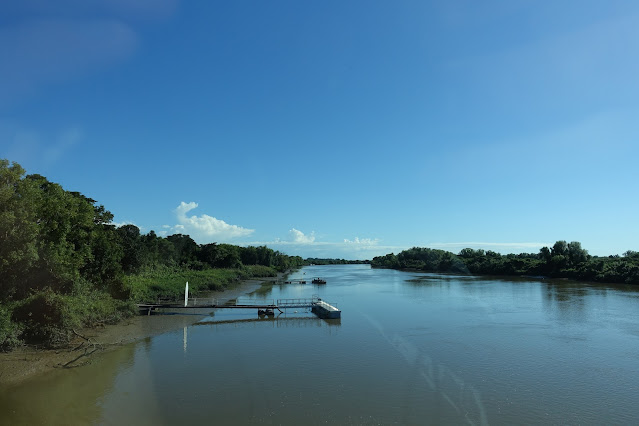



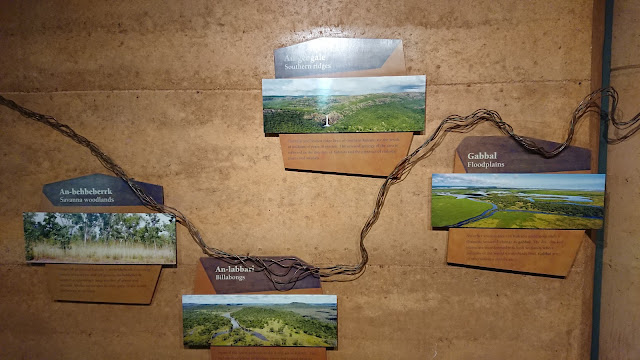

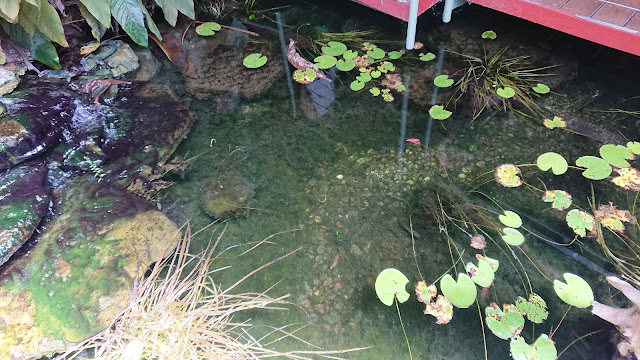









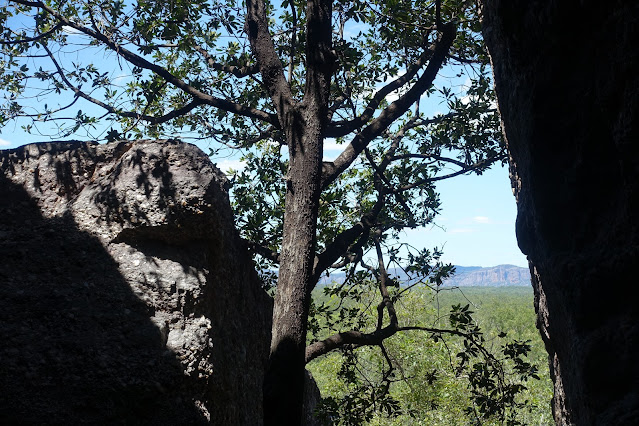
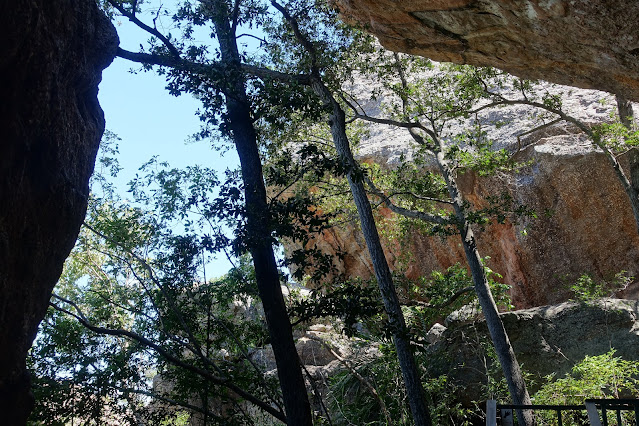







Comments